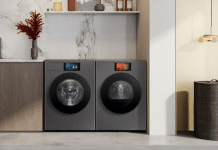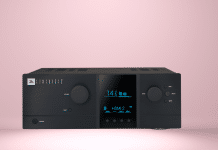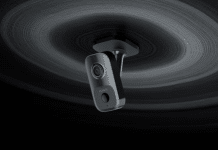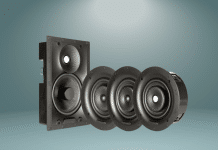
“Rising disposable incomes, urbanization, and a growing middle class could drive demand for smart lighting products and systems.”
Zion Dzine is one of the most reputed companies in the industry. Can you take our readers through your journey so far…

Zion Dzine’s journey began in 2015, when I armed with a master’s degree in marketing and hailing from a family engaged in electrical and lighting trade, felt the tug of the creative. The fascination I felt for architectural and interior lighting was strong enough to make me step out of my comfort zone and venture into unknown territory. The beginning was humble, and the growth organic. Along the way, I honed, what was now quite obviously, a natural calling with informal yet enlightening sessions with design experts and subsequently, a short course at Institute of Lighting Design, Prague. I am currently an Associate with the International Association of Lighting Designers.
From its small beginnings, today we have burgeoned into a thriving practice with a dynamic, multi-faceted and cross-disciplinary team housed under one roof, with a passion for lighting hardcoded in our very DNA. Our team includes a lighting designer, architects, interior designers, a 3D visualiser and engineers — experts who understand the nuances of spatial design, and thus ensure that collaborations and communications with architects and interior designers are seamless, smooth and fruitful.
Can you mention some of the landmark projects you worked on, that have been a turning point in your career in terms of experimenting with new lighting techniques/designs or introducing innovative concepts?
Sun Avenue One, The first, Orbit, Aaramness Gir and Sun West Bank.
What are your views on the importance of Lighting Design in a project?
Lighting design plays a crucial role in any project, whether it’s architecture, interior design, theater production, or even film. Lighting design is essential for creating visually appealing, functional, and sustainable environments that enhance the user experience and contribute to the success of a project.
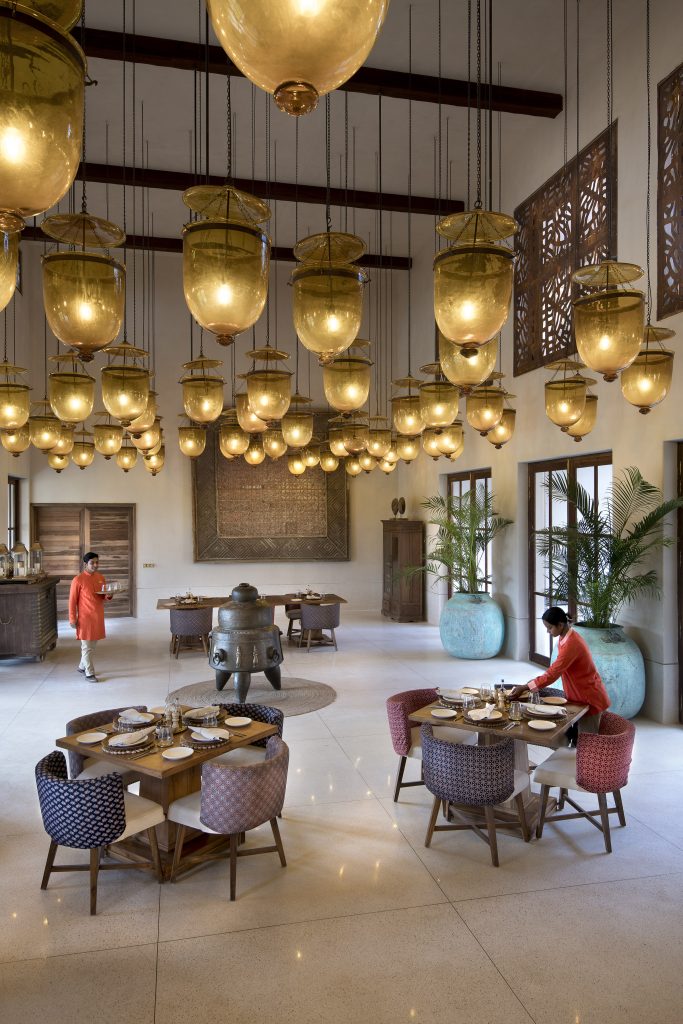
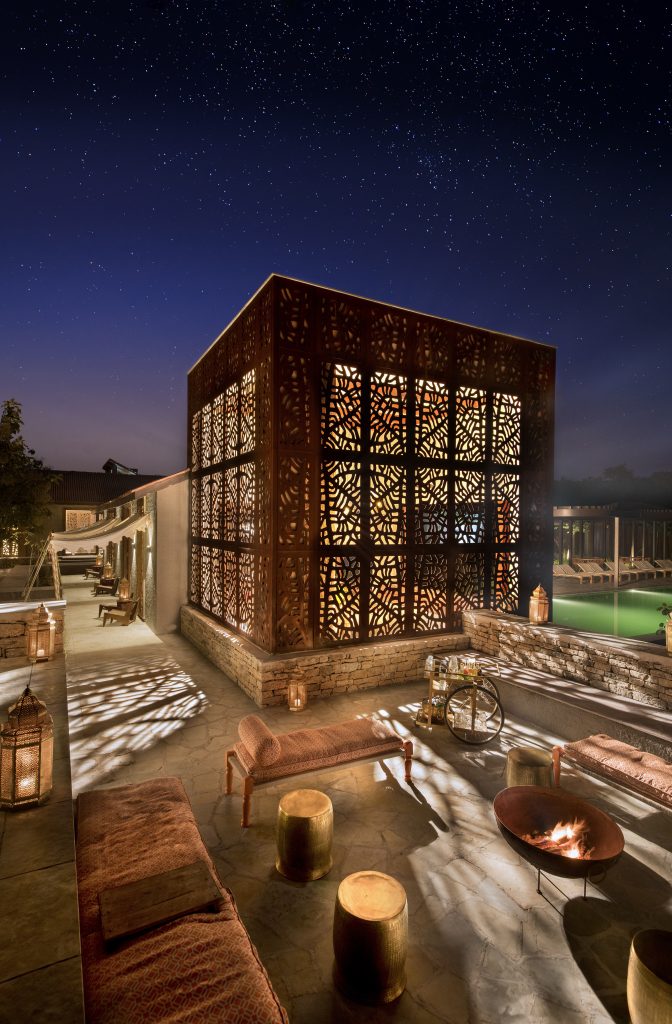
Lighting can enhance the aesthetics of a space or an object, highlighting its best features and creating a desired atmosphere. It can evoke emotions, set moods, and create visual interest.
Proper lighting design ensures that spaces are functional and safe. It provides adequate illumination for tasks such as reading, cooking, or working, and it helps to prevent accidents by illuminating potential hazards.
Thoughtful lighting design can contribute to energy efficiency by utilizing natural light, incorporating energy-efficient fixtures, and employing lighting controls such as dimmers and sensors to optimize energy usage.
Lighting can be used to highlight architectural features, textures, and materials, drawing attention to design elements and creating focal points within a space.
Lighting design can influence human psychology and behavior. Bright, cool-toned lighting may increase alertness and productivity in a workplace, while warm, dim lighting can promote relaxation and intimacy in a residential setting.
What is the biggest innovation in the lighting sector? How has it revolutionized the entire industry?
One of the biggest innovations in the lighting sector in recent years has been the widespread adoption of Light Emitting Diode (LED) technology. LED lighting has revolutionized the entire industry in several ways. LEDs are small and lightweight, allowing for more flexibility in lighting design. They can be integrated into fixtures and products in innovative ways, opening up new possibilities for architects, designers, and manufacturers.
Overall, the adoption of LED technology has transformed the lighting industry by offering improved performance, efficiency, durability, and versatility. It has paved the way for innovative lighting solutions across various sectors, from residential and commercial lighting to automotive, horticultural, and beyond.
As a Lighting Designer, which lighting control brands do you prefer?
Lutron, Control4 and Rako.
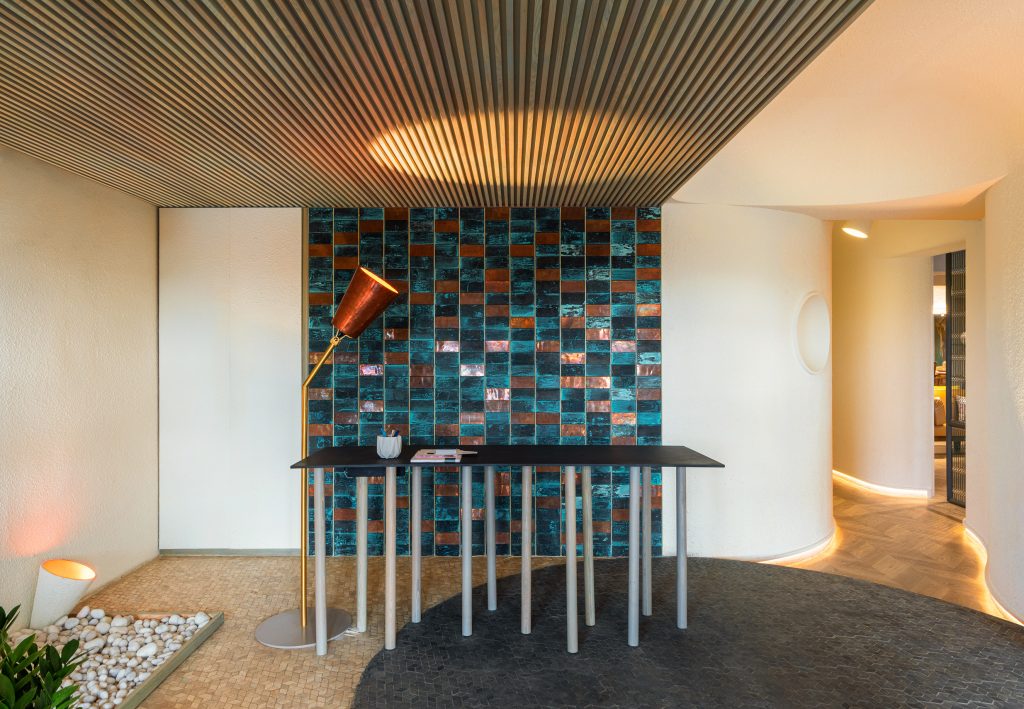
What are your views on the Smart lighting industry? According to you, in which sector (hospitality, commercial, residential), is traditional lighting getting rapidly replaced by smart lighting?
Some of the sectors where traditional lighting is rapidly being replaced by smart lighting are:
Residential: The residential sector has seen significant adoption of smart lighting systems, driven by consumer demand for convenience, energy savings, and enhanced home automation capabilities. Smart bulbs, switches, and lighting kits are increasingly popular among homeowners looking to upgrade their lighting setups.
Commercial: The commercial sector, including offices, retail stores, and hospitality venues, is also experiencing a rapid transition to smart lighting solutions. Businesses are drawn to the energy-saving potential, cost efficiencies, and smart features that enhance the customer experience and support their sustainability goals.
Hospitality: Within the commercial sector, hospitality venues such as hotels, restaurants, and entertainment facilities are particularly receptive to smart lighting innovations. Smart lighting can create inviting atmospheres, personalize guest experiences, and streamline operations, making it a valuable investment for the hospitality industry.
How do you foresee the Smart Lighting Industry 5 years down the line in India?
Several factors, including technological advancements, market trends, regulatory policies, and consumer preferences need to be considered.
The smart lighting market in India is expected to continue growing significantly as awareness of smart home technologies increases and consumers seek solutions that offer convenience, energy efficiency, and connectivity. Rising disposable incomes, urbanization, and a growing middle class could drive demand for smart lighting products and systems.
Human Centric Lighting (HCL) is a futuristic trend in the lighting industry with health and mental wellness being the top benefits. What are your views on the same?
Human Centric Lighting (HCL) is indeed a futuristic trend in the lighting industry that focuses on designing lighting environments to support human health, well-being, and performance.
HCL takes into account the biological effects of light on human beings, particularly its influence on circadian rhythms, sleep-wake cycles, and hormone production. By mimicking the natural patterns of sunlight, HCL systems can help regulate these biological processes, leading to improved sleep quality, mood regulation, and overall well-being.
Light has a profound impact on mood and mental health, with exposure to natural light being associated with reduced symptoms of depression and anxiety. HCL systems that simulate natural daylight cycles can help regulate mood
While HCL prioritizes human health and well-being, it can also contribute to sustainability and energy efficiency goals by optimizing energy usage and reducing overall lighting energy consumption. By leveraging natural daylight and incorporating energy-efficient lighting technologies such as LEDs, HCL systems can minimize environmental impact while enhancing occupant comfort and productivity.
Tell us about the user experience with IoT and AI automation systems as the future of Smart Lighting.
IoT platforms enable seamless integration and interoperability between various smart devices and systems, allowing users to control their lighting alongside other connected devices such as thermostats, security cameras, and entertainment systems. This integration enhances convenience and streamlines user interactions by providing a unified interface for managing multiple smart devices.
AI-powered voice assistants such as Amazon Alexa, Google Assistant, and Apple Siri enable users to control their smart lighting systems using natural language commands. By simply speaking commands like “turn on the lights in the living room” or “set the bedroom lights to 50% brightness,” users can effortlessly adjust their lighting settings without needing to touch a switch or interface.
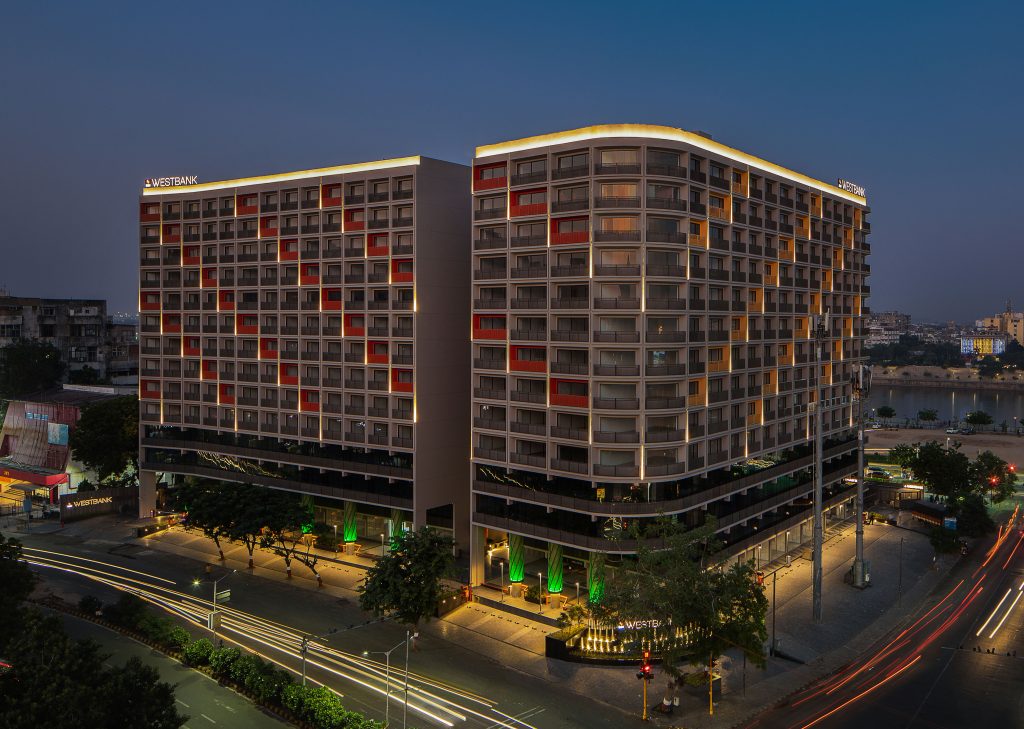
How important is collaboration with a system integrator while doing a lighting project?
Collaboration with a system integrator is highly important when undertaking a lighting project, especially one that involves complex smart lighting systems or integration with other building automation systems. Here’s why collaboration with a system integrator is crucial.
System integrators bring specialized technical expertise in integrating various components, protocols, and systems into a cohesive solution. They understand the complexities of different lighting technologies, control systems, communication protocols, and integration requirements, ensuring that the lighting project is implemented effectively and efficiently.
What is your future vision for your Company?
Zion Dzine aspires to become a leading innovator in the design and implementation of smart lighting solutions. Zion Dzine would be focusing on developing sustainable lighting solutions that prioritize energy efficiency, environmental responsibility, and long-term durability.
Zion Dzine envisions a future where its lighting solutions play a central role in creating smart, connected spaces that enhance people’s lives and experiences. By integrating lighting with other smart technologies such as IoT, AI, and automation, the company would like to create environments that are not only aesthetically pleasing but also functional, efficient, and adaptable to users’ needs.





